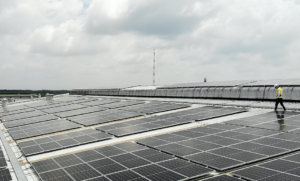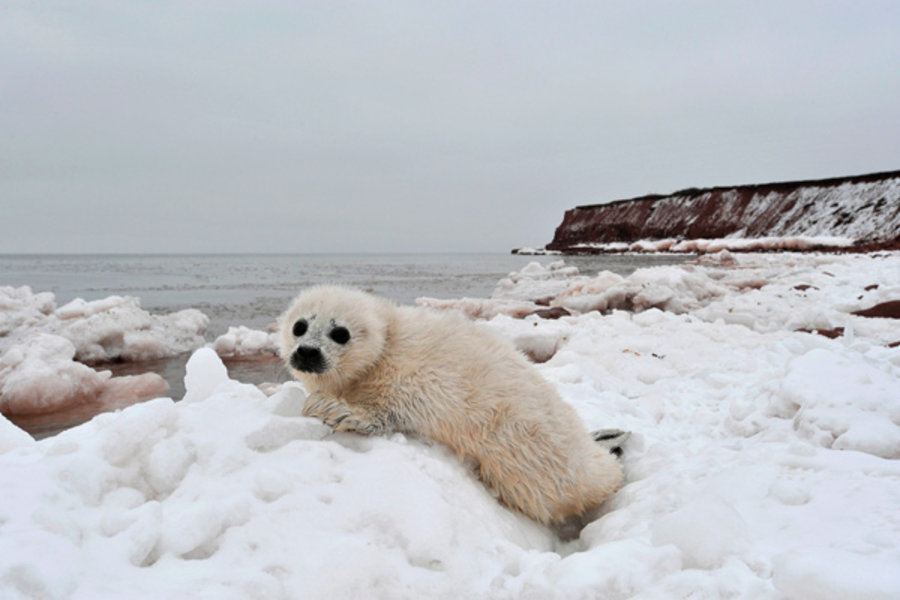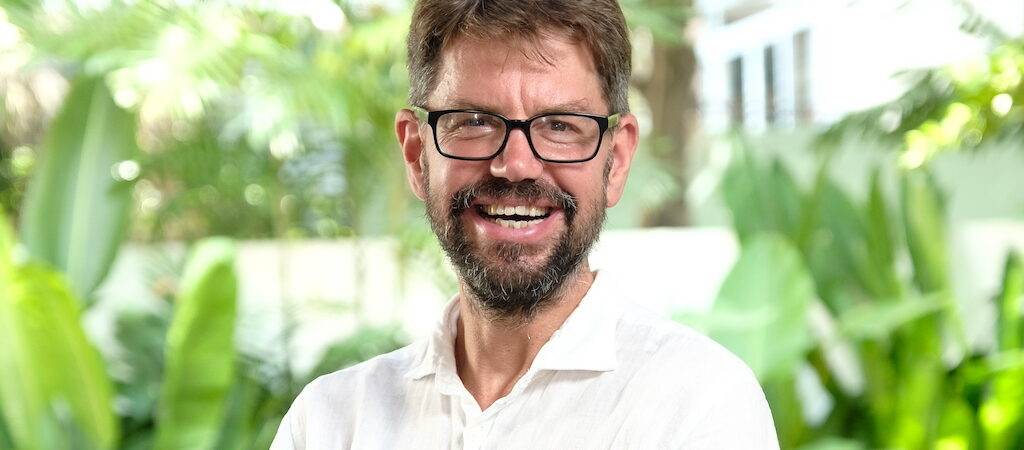Solar and wind power are fast becoming the energies choice for forward-thinking nations like Vietnam, who set to make substantial cost savings while fighting climate change as they adopt renewable solutions. However, this success has been hard-won with pioneers in the space facing constant opposition over the years.
Mark Shorrock, Founder of Shire Oak International, is such a pioneer. He spearheaded wind and solar energy in the UK through his companies The Low Carbon Group and Wind Energy Ltd, which had a portfolio equal to one of the UK’s biggest utility providers just 18 months after starting work. He is also the driving force behind the world’s first tidal Lagoon in Wales, which has only secured planning permission.
In our interview, Mark explains why he is now pioneering renewable energy in Vietnam and Southeast Asia, a region the developer believes could benefit enormously from it.
Why did you set up Shire Oak International?

There aren’t that many big international developers of renewable energy yet. There’s a need to create development companies that can employ brilliant, dynamic, diverse people to develop projects worldwide. It also requires experience to launch renewable energy into a fast-growing market that might not have independent power producers.
That’s why we sought to create an independent power producer that could change the energy landscape in Southeast Asia because Southeast Asia is the most important place on earth. It is an area still thinking about investing in coal-fired power stations, yet it is most suited to renewable energy with all its sunlight. Renewables are cheaper and better for the environment: solar and wind energy means cleaner air, bluer sky, and better power.
Why do you care about renewable energy?

I care about renewable energy because the statistics on climate change are incredibly scary. The recent Covid-19 epidemic has shown us how vital maintaining normal temperatures are. In the human body, if temperatures rise by just 2 or 3 degrees, we become very sick, and if they raise by 5 or 6 degrees, we’re dead. You can translate this to climate change to understand how dangerous rising temperatures are for our planet.
Right now, global temperatures are 1 degree above where they were before we started burning fossil fuel for energy, and if we continue, this could reach 4 degrees by 2100. This trend will devastate the world if we don’t stop it quickly, and so I want to make it easy for everybody to have access to renewable energy instead of fossil fuel energy.
How do you think the world will combat climate change?
The world will combat climate change with the effort of brilliant people coming together to deploy really fast renewable energy solutions and electrical transport solutions. We should also all be eating less meat in our diets and using less intensive farming methods. Those four elements combined will mean we can beat climate change, but I think the key here is in Southeast Asia because you have a young and dynamic population who can work hard and deliver projects quickly without all of the red-tape and legacy issues you have in the West.
How long do you think it will take for renewable energy generation to surpass fossil fuels?
It’s got to be by 2030! Globally, we have to be on a downward trajectory with emissions by 2030. That means we cannot lock in any more carbon. More and more investment will go to renewables rather than fossil fuel every year, but we still have new fossil fuel plants on the way. It’ll take time to set up enough companies like our own, who are taking a long-term view to build large investment and development platforms that are only renewable energy focused.
We have always been inundated with interest from investors, but many could only invest once we got to scale. The interesting thing about the money world is that most large investors can’t deploy less than $100 million, and so early start-ups that can’t take that kind of money often struggle to get funding, even though there is plenty of money out there. Funds in Europe often ask us if we can deploy $300 million for them in Vietnam and Southeast Asia. Therefore, I think for renewables to really overtake fossil fuel, it’s just a question of getting to scale.
What is the biggest challenge for a renewable energy investor/developer like SOI?
The biggest challenge is creating the company and getting together a team of 60 people. We’ve been fortunate with Shire Oak in that we have our UK solar projects that gave us investment money, and we’ve been able to spend the investment money on Shire Oak International projects. Often, significant pension funds and institutional investors don’t like development risks. So, you end up having to do that yourself, and that’s what we’ve done over the years. We’ve earned a lot of money: millions and millions, but we put it all back into development.
SOI is now three years old, where would you like it to be when at five?
It’s really about getting to critical mass, so that means enough companies working in renewable energy. When you get there, you can get enough projects to supply the bigger funders because they want to deploy big cheques, and that’s where you’ll make a change. Changes come when the very big funders are happy to give us $100 to $200 million regularly to grow and grow a portfolio of projects in operation.


